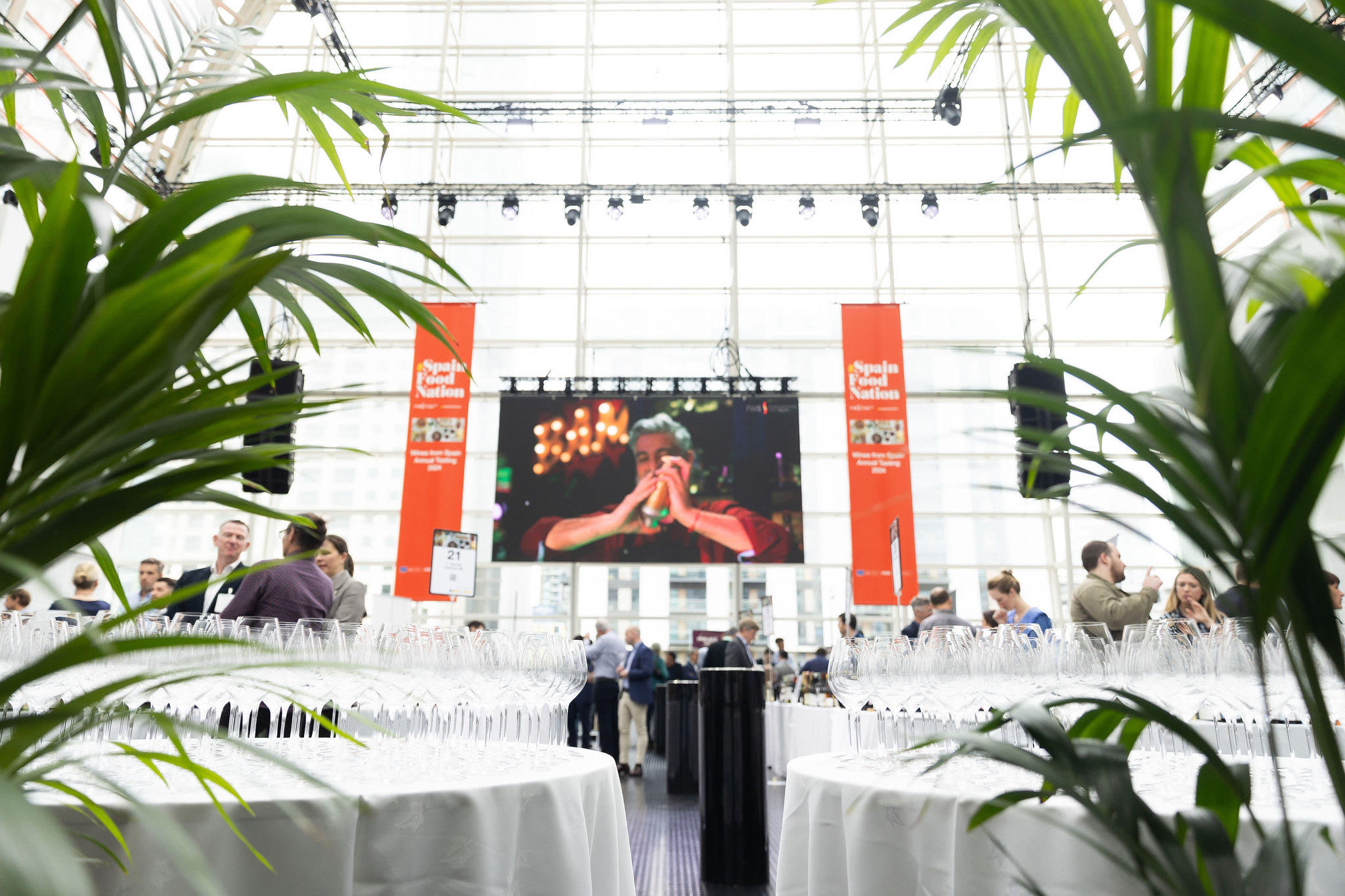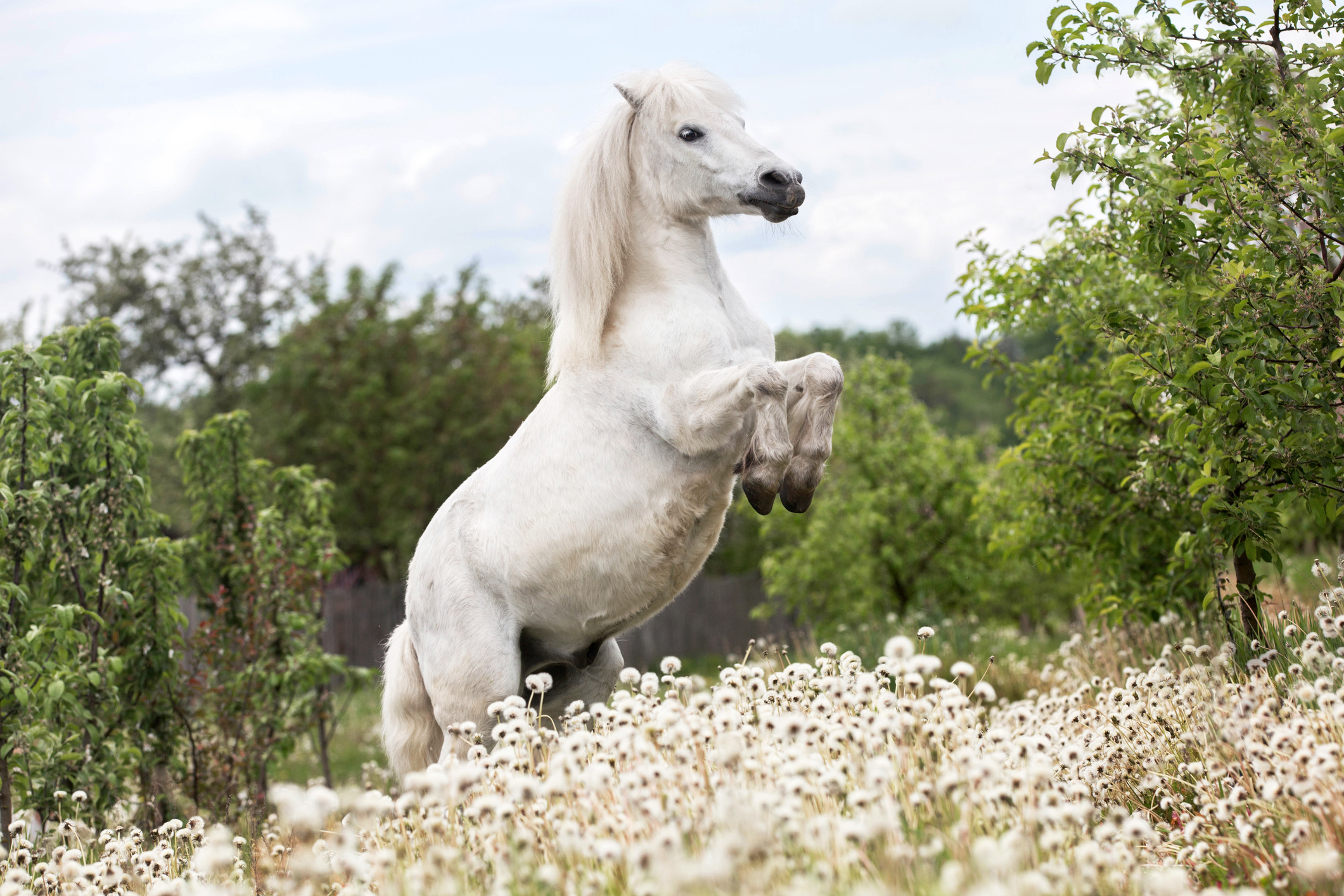Dramatic rise in pesticide residue in wine
By James EvisonOfficial data analysed by a non-profit organisation has suggested a big jump in the proportion of wine that contains multiple pesticide residues.

According to findings by the Pesticides Action Network (PAN), government data suggests a more than three-fold increase in pesticide residue has occurred, rising from 14% in 2016 to 50% in 2022.
The data comes from the Expert Committee on Pesticide Residues in Food (PRiF)’s report covering the official testing programme on wine from the Department for Environment, Food and Rural Affairs’, which revealed that residues of 19 different pesticides were found in the 72 wines samples tested, including nine chemicals that are carcinogenic.
Poses a threat
The PAN said that the overuse of pesticides in wine production not “only poses a threat to the health of British consumers but also to those living and working in wine-producing areas”.
Nick Mole from PAN UK described the “massive rise” in what he referred to as ‘pesticide cocktails’ which “should be of grave concern”.
He said: “We know that chemicals can become more harmful when combined, and yet we continue to set safety limits for just one chemical at a time.
“Wine lovers shouldn’t have to risk exposure to an array of hazardous pesticides when they fancy a tipple. The organic wine sector is flourishing, proving that it is 100% possible to produce wine without relying on toxic chemicals.”
Partner Content
MRL
But despite the findings, the maximum residue level (MRL), which is the highest level legally tolerated in or on food or feed, was not exceeded in any of the samples, according to the PRiF.
As a result the residues detected by the laboratory would not be expected to have an effect on human health.
It said: “We do not expect these residues to have an effect on health, either separately or in combination. The pesticide residues found in each sample do not include more than one of the pesticides from the groups that the Health and Safety Executive (HSE) consider separately.”
Although classified as below the MRL, six different pesticides were found in a single wine sample, which the PAN said “called into question the reliability of the UK’s regulatory system which carries out safety assessments solely for individual chemicals”.
Organic production
The news comes as more producers move towards organic production, with global demand for organic wine at an all-time high, and the category is growing at a faster clip than non-organic wines.
Germany is the biggest market for organic wine, accounting for around 24% of global consumption, while France is in second place and the UK in third.
Numerous retailers have also continued to stock organic wines, such as Waitrose, as a younger demographic looks to embrace the trend.
Related news
Will white wine be central to Burgundy's future success in Asia?




